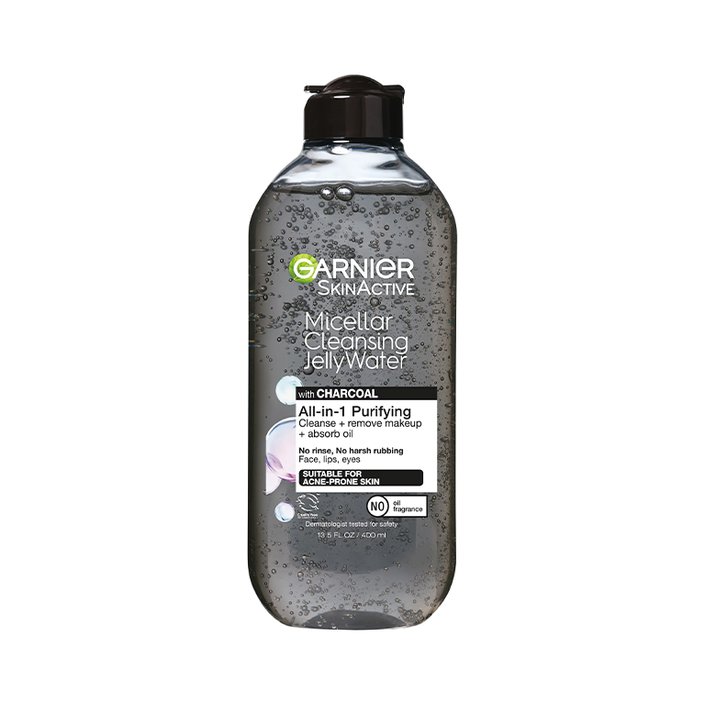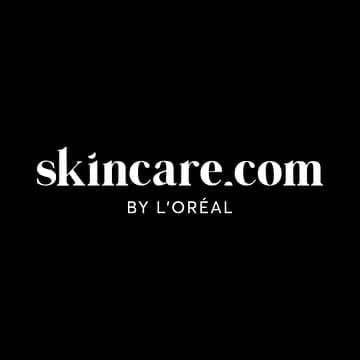The Ultimate Guide to Managing Oily, Acne-Prone T-Zones
November 29, 2022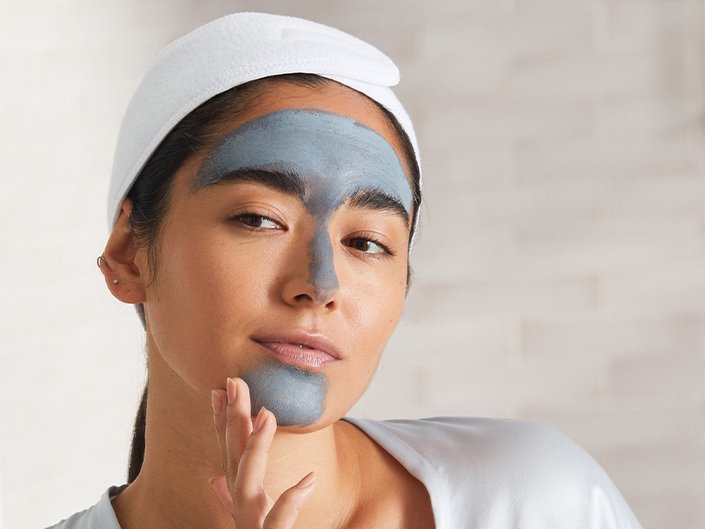
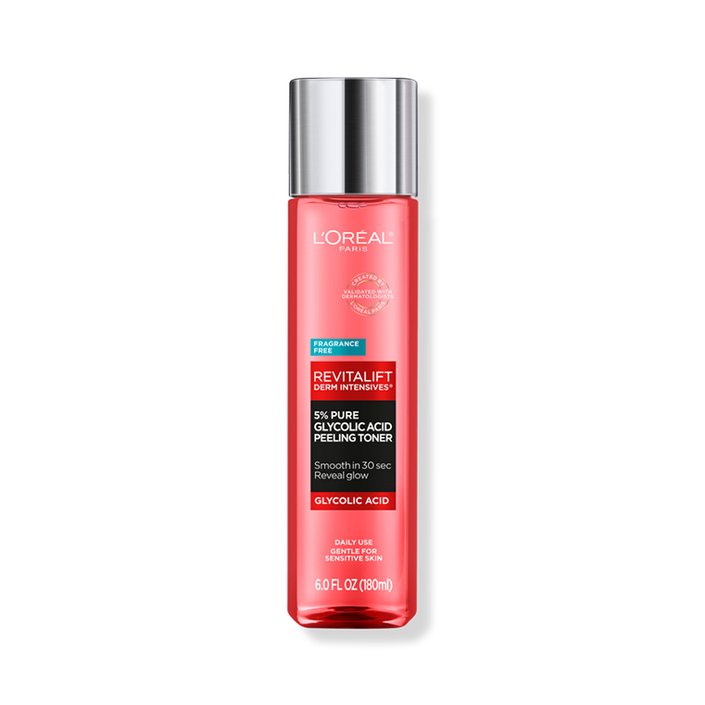
Youth to the People Adaptogen Deep Moisture Cream
Balance is the name of the game when it comes to addressing oily T-zones and dry cheeks. This ultra-hydrating moisture is a key player in this domain; infused with adaptogens, known for their balancing prowess, it keeps skin supple in all areas without adding excess greasiness in the T-Zone. We love this deeply nourishing option in the winter months, when skin is particularly prone to tightness and dryness.
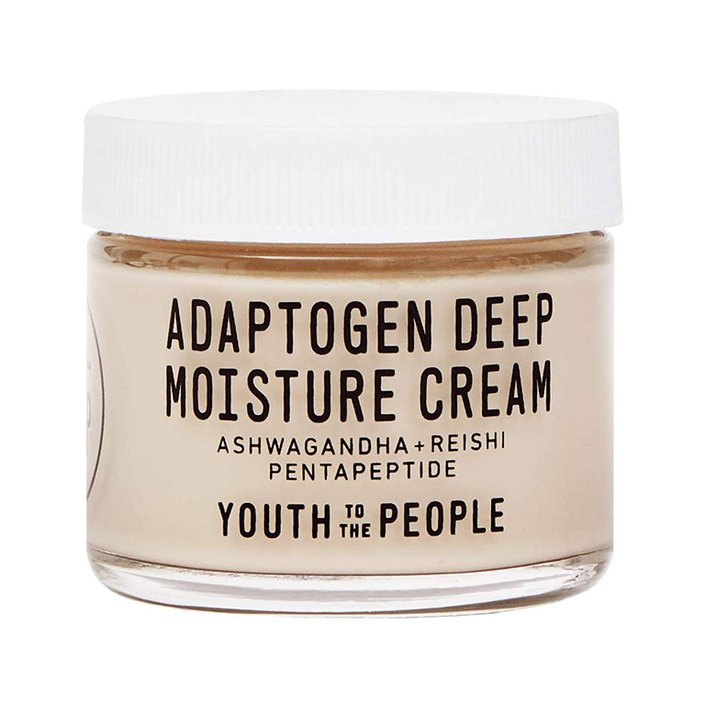
La Roche Posay Toleriane Double Repair Matte Moisturizer
Even oily skin requires hydration, especially in light of all the acid-based products you may be using to clear excess sebum. This deeply-hydrating, creamy moisturizer leaves skin feeling soft, albeit without imparting any oily residue. Instead, the finish is mattifying, which is perfect for cutting down on shine in the T-Zone area.
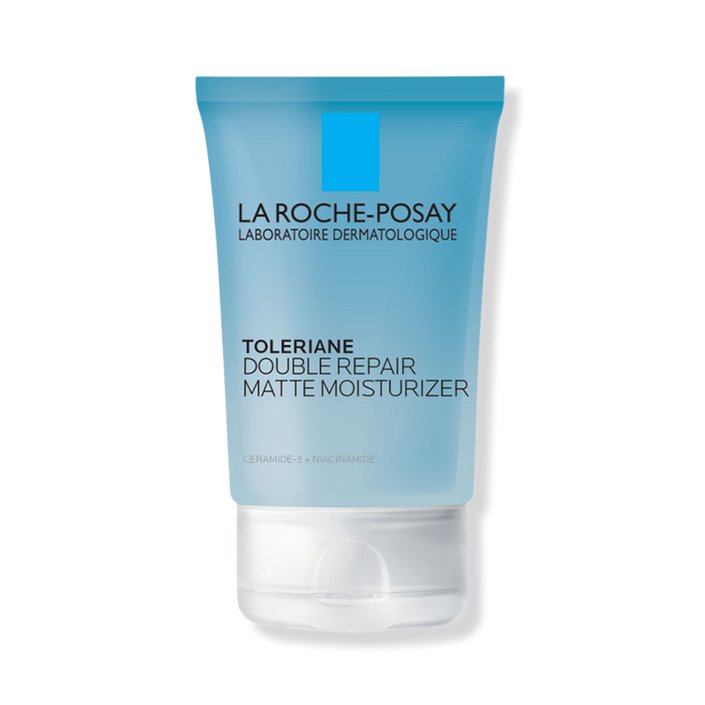
IT Cosmetics Bye Bye Breakout Serum
This lightweight, oil-free breakout-banishing serum, formulated with 2% salicylic acid, is an excellent addition to your skincare repertoire if you’re prone to acne on your T-Zone. It also checks the box for AHAs, thanks to its infusion of gentle lactic acid. Hardworking in its blemish-busting powers as it may be, the serum aims to leave skin feeling balanced and not overly tight thanks to its infusion of postbiotic ferment.
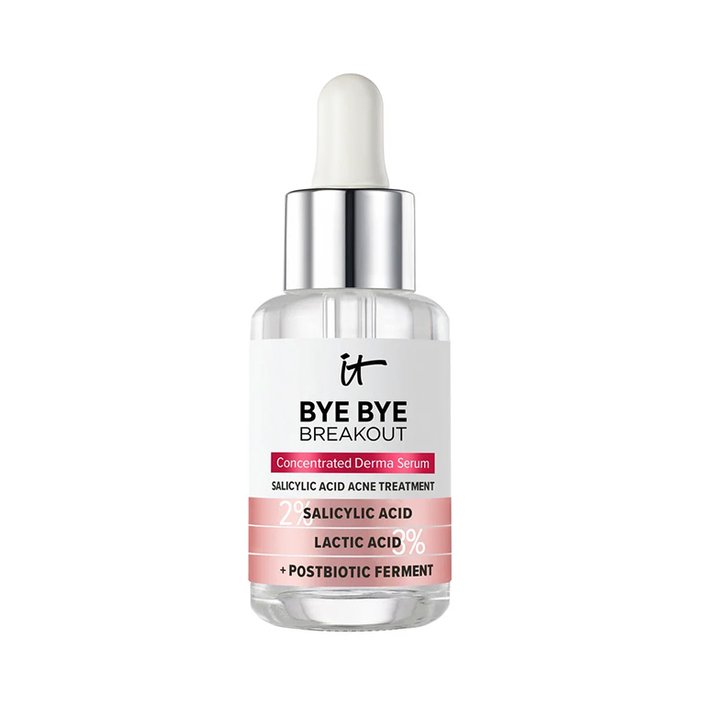
YSL Beauty Nu Blotting Lotion
Like a blotting paper in a lightweight lotion, this luxurious formula — housed in a stunning tube to boot — is an excellent pre-makeup primer for oily skin. Simply apply in the morning, prior to your foundation, for mattifying magic that prevents T-Zone oiliness throughout the day. In addition to tamping down on excess shine, this primer reduces the appearance of large pores for a smoother-looking base.
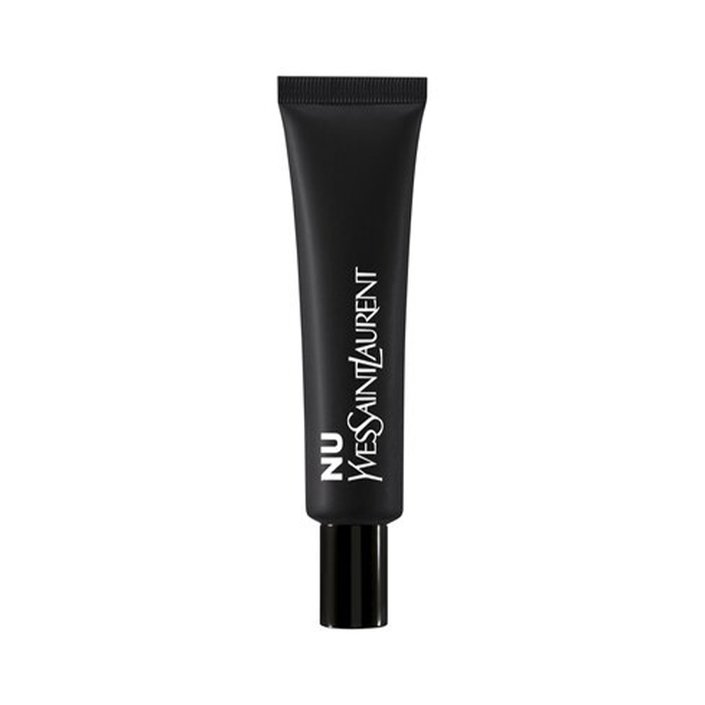
La Roche Posay Effaclar Salicylic Acid Serum
Another BHA-powered serum, this launch from La Roche Posay plays beautifully under ensuing skincare products without pilling. It dries down in a flash, making it an addition that can be easily incorporated into any existing skincare routine. In addition to nixing existing T-Zone blemishes, it helps prevent new ones from cropping up by keeping pores balanced and clear.
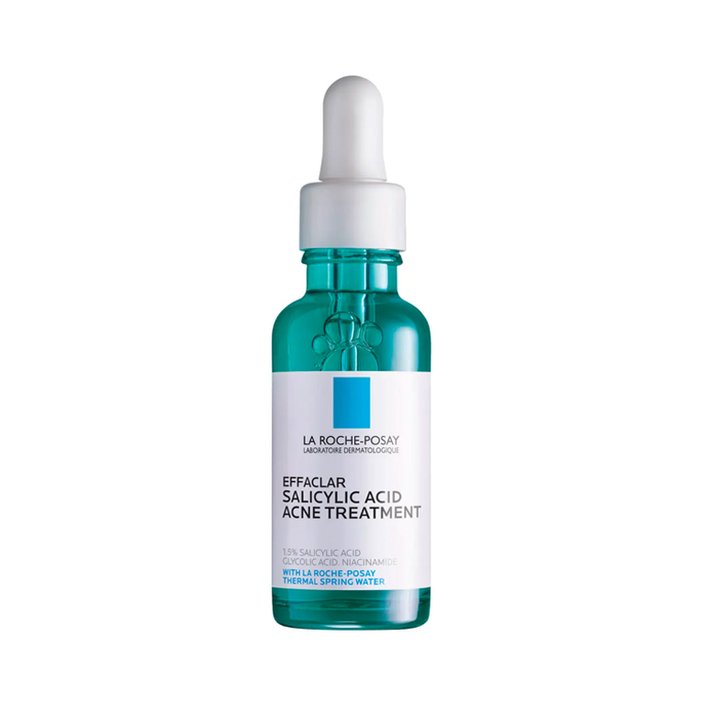
Garnier SkinActive Charcoal Micellar Cleansing Jelly Water
Proper removal of makeup, dirt and additional grime that can accumulate in oily pores throughout the day is essential in keeping the T-Zone clean. This micellar water is a stellar post-cleansing step, as it ensures every bit of debris has been swept away. The formula contains charcoal, which is known to purify pores by drawing dirt out in a magnet-like fashion.
